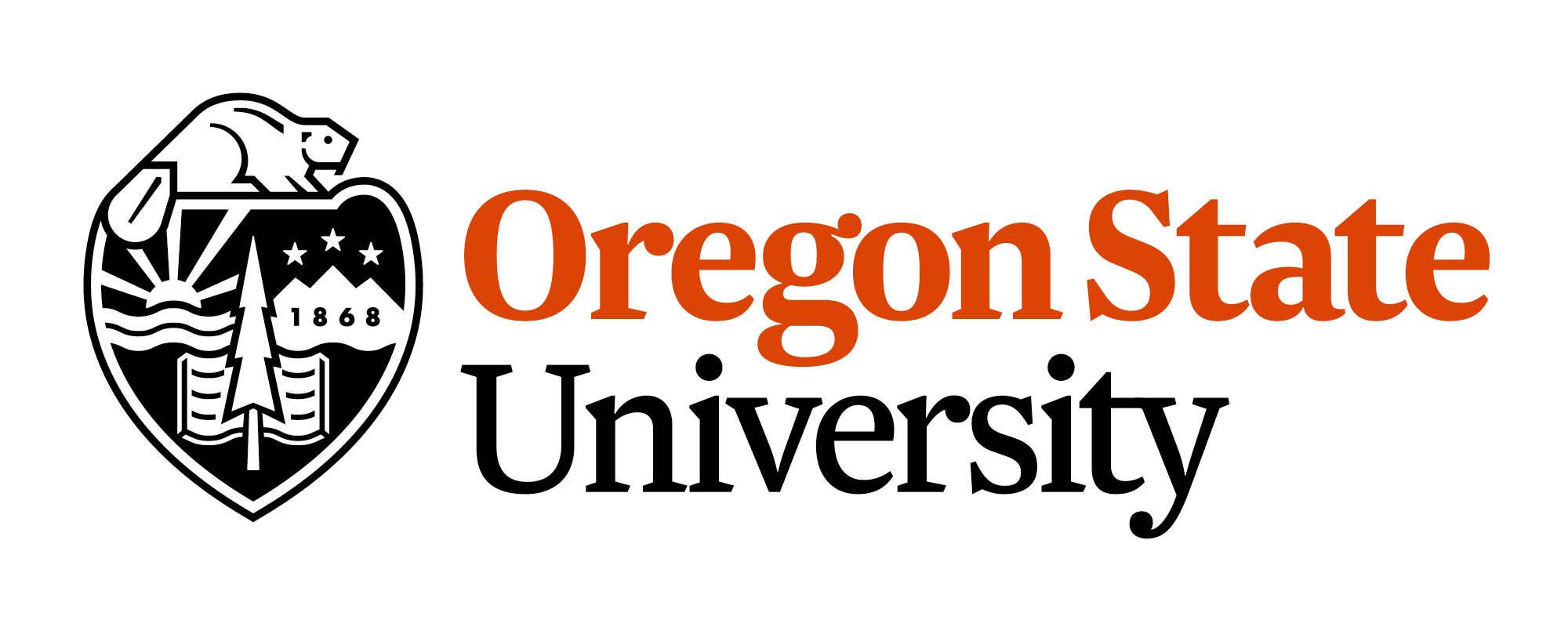Use of In-Situ Liquefaction Testing to Guide the Port’s Seismic Resilience Planning
The Cascadia Subduction Zone, running 1,000 km from Northern California in the south to British Columbia in the north, last ruptured on 26 January 1700 with an estimated moment magnitude of ~9.0, and produced a tsunami that resulted in thousands of deaths and casualties as far away as Japan. The likelihood of the next Cascadia earthquake ranges from 7 to 12% and 37 to 42% in 50 years for the northern and southern margins of the subduction zone, respectively. Accordingly, significant interest in improving seismic resiliency has increased by the owners of civil infrastructure, including departments of transportation and ports. As part of its long-term resilience goals, the Port of Portland, located in Portland, Oregon, has determined that one of its two runways must be hardened against the vertical and lateral deformations anticipated following rupture of the Cascadia Subduction Zone and the nearby, though smaller, Port Hills fault.
A portion or all of both runways lie in close proximity to the Columbia River, which has been dredged to maintain shipping freighters to depths as great as 20 m. Lateral spreading has been determined to pose a significant risk to the runways, given that the subsurface consists of dredge sand fill, medium stiff silt, and a deep deposit of medium dense sand. Prior to selecting and executing a costly ground improvement program, the Port has determined that an improved understanding of the cyclic resistance of the silt and sand deposits is warranted. Deep, in-situ blast liquefaction experiments conducted by Oregon State University served to provide a means to understand the seismic performance of these soils without the possible effects of sample disturbance, small sample-size effects, artificial drainage conditions, and under existing mechanical, hydrogeological, and thermal conditions.
